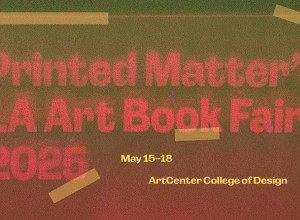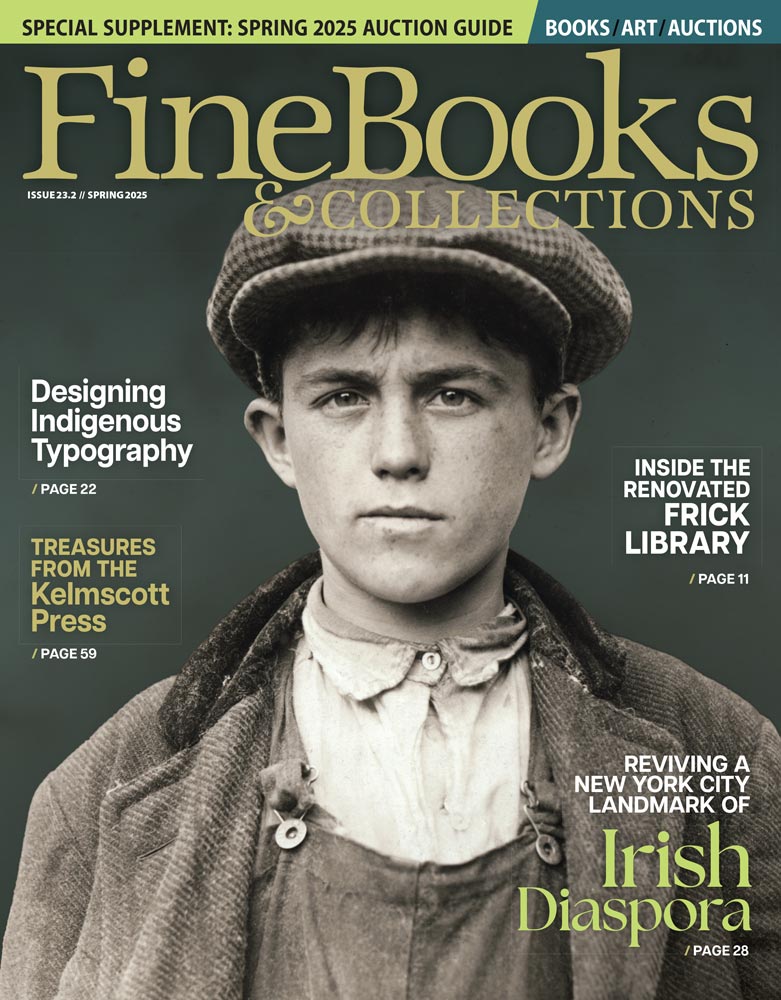Banned in Boston!
Judith Krug founded Banned Books Week in 1982 to honor and promote Americans' right to read whatever we choose, a right guaranteed by the First Amendment. (For an alternative view of Banned Books Week, click here.)
But why set aside the last week of September for this purpose? Was it to honor the Bill of Rights, proposed to "the Legislatures of the several States" by the First Federal Congress on September 25, 1789? (A resolution urging ratification of such a proposal had been passed on March 4, 1789, although only ten of the original twelve amendments were eventually ratified by the states.)
Krug was a very smart woman. While I can offer no proof whatsoever, I like to think she might also have had something else in mind--for the last week of September is also the week that America's very first multi-page newspaper was published ...
... and banned.
But why set aside the last week of September for this purpose? Was it to honor the Bill of Rights, proposed to "the Legislatures of the several States" by the First Federal Congress on September 25, 1789? (A resolution urging ratification of such a proposal had been passed on March 4, 1789, although only ten of the original twelve amendments were eventually ratified by the states.)
Krug was a very smart woman. While I can offer no proof whatsoever, I like to think she might also have had something else in mind--for the last week of September is also the week that America's very first multi-page newspaper was published ...
... and banned.

The first, and last, edition of Publick Occurrences, Both Forreign and Domestick, debuted in Boston on September 25, 1690. Published by Benjamin Harris, printed by Richard Pierce, the paper was a modest 6" x 10" affair comprising three pages and a blank. (The blank was for the use of subscribers, who could write in news and correspondence of their own before sharing the issue with others.)
The original intent had been to publish the paper once a moneth (or if any Glut of Occurrences happen, oftener). Regrettably, Harris--who had fled England a mere four years earlier for printing various "seditious" pamphlets--immediately ran afoul of the ruling Governor and Council, who--on September 29, 1690--ordered the paper suppressed and called in because it had been published Without the least Privity or Countenance of Authority. Historians surmise that the publisher's denunciation of Britain's Native American allies for their treatment of French captives (during King William's War) may have had much to do with the paper's suppression.
A printed broadside, a surviving copy of which is held by the Massachusetts Historical Society, brought the ban to the attention of Boston's 7000 or so residents.
All copies of the paper were ordered destroyed, and the paper was forgotten for the next century and a half, until the only known copy (likely forwarded to British authorities at the time of publication) was discovered in the British Public Records Office around 1845.
Three hundred and seven years after its first and only printing (1997), this unique newspaper returned to the country of its birth for an exhibition at the Newseum in Washington, DC. (A second Newseum exhibition was held in 2008.)
A reprint is held by several U.S. libraries....
The original intent had been to publish the paper once a moneth (or if any Glut of Occurrences happen, oftener). Regrettably, Harris--who had fled England a mere four years earlier for printing various "seditious" pamphlets--immediately ran afoul of the ruling Governor and Council, who--on September 29, 1690--ordered the paper suppressed and called in because it had been published Without the least Privity or Countenance of Authority. Historians surmise that the publisher's denunciation of Britain's Native American allies for their treatment of French captives (during King William's War) may have had much to do with the paper's suppression.
A printed broadside, a surviving copy of which is held by the Massachusetts Historical Society, brought the ban to the attention of Boston's 7000 or so residents.
All copies of the paper were ordered destroyed, and the paper was forgotten for the next century and a half, until the only known copy (likely forwarded to British authorities at the time of publication) was discovered in the British Public Records Office around 1845.
Three hundred and seven years after its first and only printing (1997), this unique newspaper returned to the country of its birth for an exhibition at the Newseum in Washington, DC. (A second Newseum exhibition was held in 2008.)
A reprint is held by several U.S. libraries....















